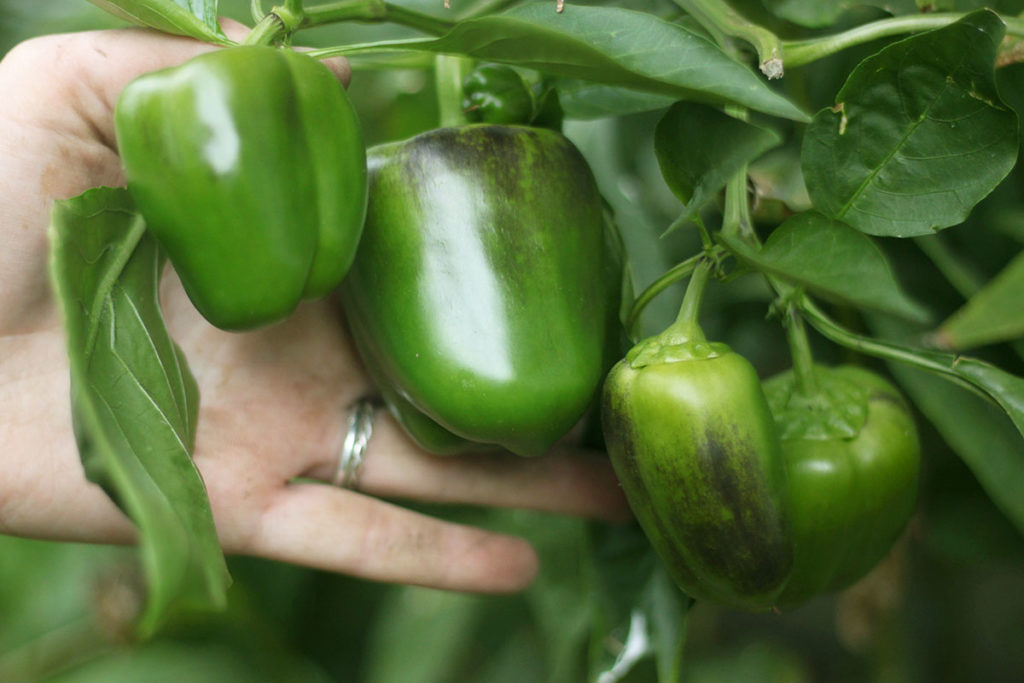Starting a Victory Garden during a Global Pandemic
We are all going a little stir crazy. We don’t know how long the quarantines and social distancing is really going to last. But, thank goodness warm weather is around the corner. Let’s find joy and solace by planting therapeutic backyard Victory Gardens this summer.

What is a Victory Garden?
During WWI, Victory Gardens were a way for the nation to rally together and ease the national supply chains, sending much-needed supplies to the troops. After the war ended, the focus on gardening subsided. But, when the United States was drawn into another world war (WWII), Americans started growing their fruits and vegetables in whatever large flower boxes, backyard areas, rooftop spaces and deserted lots they could find.
According to History, the most popular produce grown in the gardens included:
- Beans
- Beets
- Cabbage
- Carrots
- Kale
- Kohlrabi
- Lettuce
- Peas
- Tomatoes
- Turnips
- Squash
- Swiss Chard
By 1944, as many as 20 million victory gardens spanned the nation, producing over 8 million tons of fruits and vegetables (40% of consumed produce).
Why Should We Bring Victory Gardens Back
Gardening is good no matter the year or current events. BUT, now more than ever, people should be starting gardens.
Did you know the soil is good for your mental peace?
Studies have shown that microbes in the soil act as antidepressants, stimulating serotonin production. You’ve heard a little dirt never hurt, but this is really a complicated way to say a little dirt can really help. During a time where we have more down time and need projects that don’t revolve around hanging out, gardening is the perfect solutions.

“Although the government’s promotion of victory gardens ended with the war, a renaissance movement has sprouted up in recent years in support of self-sufficiency and eating seasonally to improve health through local, organic farming and sustainable agriculture.” -History
These Victory Gardens are more about personal victories and community victories than a national one. There are so many reasons a garden is worthwhile:
- Learn a new skill you can pass along to your children
- Create sustainable food that doesn’t require transportation or packaging
- Get your kids excited to try new vegetables they helped grow
- Pass along extra fruits and vegetables to your neighbors
- Preserve extras so you have garden produce on hand year round
- Enjoy nature with a productive outdoor hobby
- Explore varieties you can’t find in the store
- Enjoy fresh produce (psst! It tastes SO much better when it’s sun-ripened)
- Control what is in the dirt or on the plants (organic gardening is a thing!)
Planting Your Personal Victory Garden
Let’s make this a thing! Are you gardening? It isn’t too late to get started! There are different vegetables that can be started at different points of spring and summer. You can plant from seeds started indoors, sew seeds directly into the ground or purchase seedlings (small plants) for your garden.
Just get something in the ground this year. Try a few things and be committed to weeding and a little watering (don’t overwater!). Give yourself a lot of grace because there is a learning curve.
Easy vegetables to grow from seeds sewn right into the garden:
- Green beans (make sure you have space to plant at least a few rows)
- Peas (these need to be planted early)
- Swiss Chard (I really like planting them in closely spaced rows and picking the leaves young)
- Bunching or green onions
- Carrots and radishes
- Corn (very easy to grow, but takes a LOT of space—several rows or it won’t be properly pollinated)
- Pumpkins/squash/gourds (plants take several square feet of space, so only if you have the room)
Easy vegetables to grow in the garden from seedlings/starts:
- Tomatoes (use a cage or they fall over and struggle to produce)
- Squash/Watermelon (takes several square feet of space)
- Herbs (especially creeping thyme)
- Strawberries (you may only get a few the first year, but these spread rapidly)
- Potatoes (won’t be ready to harvest until fall)

Participating in Community Gardens and Food Banks
If you really have no space to even add a pot, look into community gardens near you. Some neighborhoods get permits from the city to turn empty lots into community gardens. Spaces like this can offer a place to enjoy the outdoors and participate in the community wellness. People who help in the community gardens can enjoy their produce throughout the summer.
Those who grow in their own yards can also help their communities by donating their extras to neighbors, churches and food banks. Ample Harvest is one resource that can help you find locations that accept extra produce.
Share this on your page or with someone who could start a garden, and let’s get more people planting their own food!
